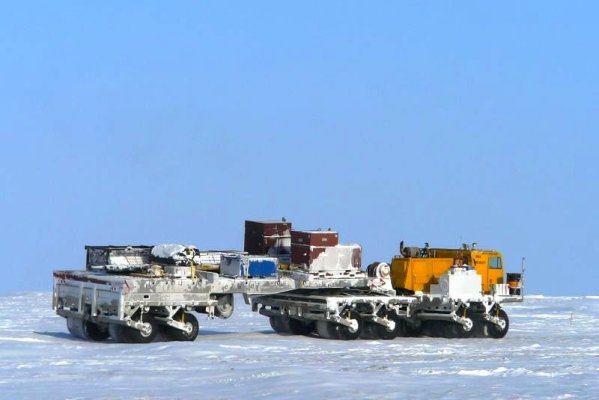psneeld
Guru
I think most newbies will follow the manufacturers recommendations...and it's good that they do.
As people age and gain knowledge and wisdom....they stray from many of their "early on" ways.
No one expects a newbie to gather enough info to believe what they read in a forum like this, especially with tens of thousands of dollars worth of engines...but that doesn't mean at some point, some people can't gather enough to surpass manufacturer generic guidelines.
Obviously NASCAR teams (if that's too extreme than the local dirt track/drag guy) can do more than what is suggested for the "daily driver.
As people age and gain knowledge and wisdom....they stray from many of their "early on" ways.
No one expects a newbie to gather enough info to believe what they read in a forum like this, especially with tens of thousands of dollars worth of engines...but that doesn't mean at some point, some people can't gather enough to surpass manufacturer generic guidelines.
Obviously NASCAR teams (if that's too extreme than the local dirt track/drag guy) can do more than what is suggested for the "daily driver.

